
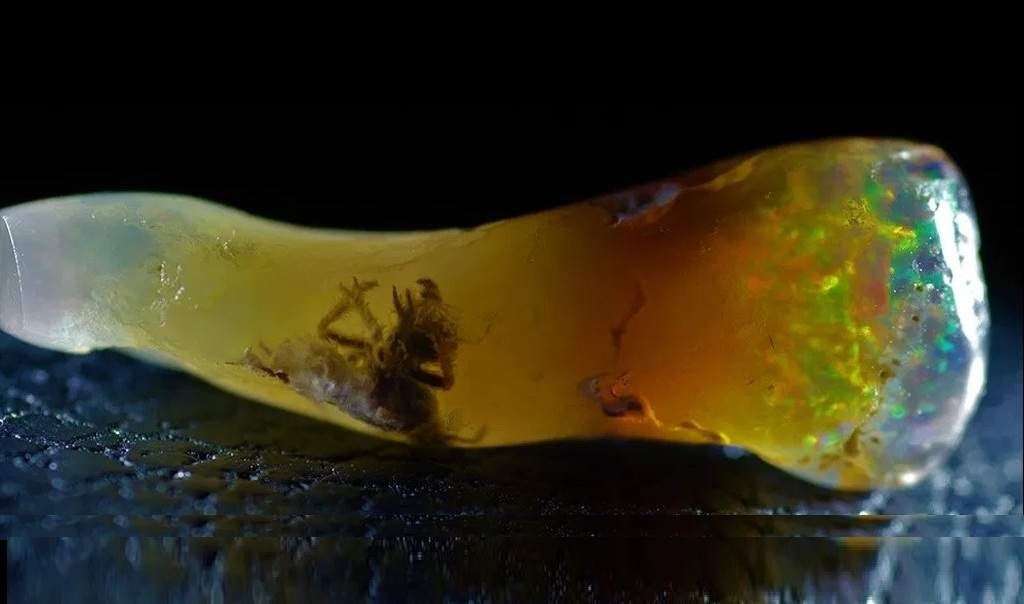
Fossilized Insect Discovered Not in Amber, But in Opal
Fossilized Insect Discovered Not in Amber, But in Opal. Photo: (Brian Berger/Instagram/@velvetboxsociety) In a find unlike anything seen before, a piece of opal from the island of java in indonesia holds some remarkable cargo: a stunningly preserved insect that may be at least four to seven million years old. Previously, plenty of ancient insects have been found in amber, a gemstone made of fossilized tree resin. 
When animals became encased in the fresh resin, it entombs them rapidly enough to preserve the remains, often with exquisite detail. On a trip to Indonesia, gemologist Brian Berger purchased an opal that appeared to have an insect entombed inside. Insects trapped in amber are a common-enough sight, but in a slow-forming gemstone like opal? “Some researchers weren’t sure it was possible,” Berger told Gizmodo. “Now we know it’s possible. Is it likely? Extremely unlikely.” Berger had the stone analyzed by the Gemological Institute of America, which confirmed its authenticity. He published a blog in Entomology about his finding and is looking for entomologists to further analyze it.

Recommended Videos
 Giant Humpback Whale Breached Out Of The Ocean Infront Of Whale Watchers77 views
Giant Humpback Whale Breached Out Of The Ocean Infront Of Whale Watchers77 views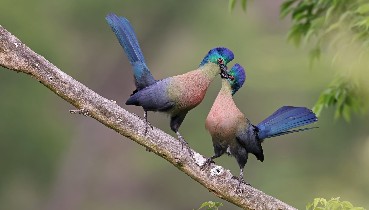 Here Are 30 Winners Of This Year’s “Bird Photographer Of The Year” Awards869 views
Here Are 30 Winners Of This Year’s “Bird Photographer Of The Year” Awards869 views-
Advertisements
 Kind Dog Surprises Owner By Comforting The Orphaned Fawns She Rescued68 views
Kind Dog Surprises Owner By Comforting The Orphaned Fawns She Rescued68 views Alaska: Bald Eagle, Wild Fox And Two Domestic Cats Gang Up Peacefully On Woman’s Porch1977 views
Alaska: Bald Eagle, Wild Fox And Two Domestic Cats Gang Up Peacefully On Woman’s Porch1977 views Art Zone Reveals the Incredible Beauty of 10 Hummingbirds in Vivid Close-up Shots384 views
Art Zone Reveals the Incredible Beauty of 10 Hummingbirds in Vivid Close-up Shots384 views The 14 Most Beautiful Peaks of the Himalayas44 views
The 14 Most Beautiful Peaks of the Himalayas44 views This ‘Chimera’ Kitten Is One Of The Cutest Works Of The Nature37 views
This ‘Chimera’ Kitten Is One Of The Cutest Works Of The Nature37 views These 20+ beautiful floral tattoos are inspired by nature733 views
These 20+ beautiful floral tattoos are inspired by nature733 views
You may also like
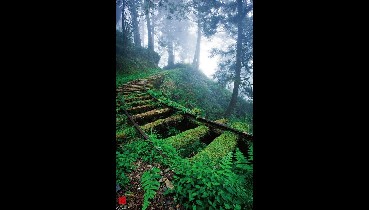 30+ Stunning Photos Of Nature Taking Over… #14 Is Hauntingly Beautiful.
30+ Stunning Photos Of Nature Taking Over… #14 Is Hauntingly Beautiful. 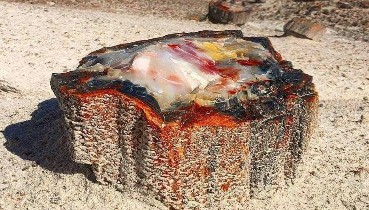 Petrified Tree Trunk in Arizona is 225 Million Years Old
Petrified Tree Trunk in Arizona is 225 Million Years Old 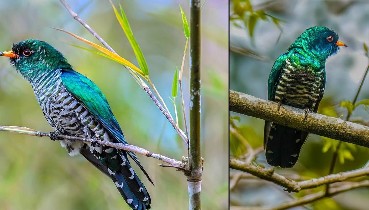 The Asian emerald cuckoo (Chrysococcyx maculatus) is a species of cuckoo in the family Cuculidae.
The Asian emerald cuckoo (Chrysococcyx maculatus) is a species of cuckoo in the family Cuculidae. 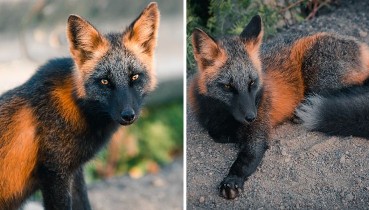 Unique Orange and Black ‘Fox’ Poses for Friendly Photographer
Unique Orange and Black ‘Fox’ Poses for Friendly Photographer